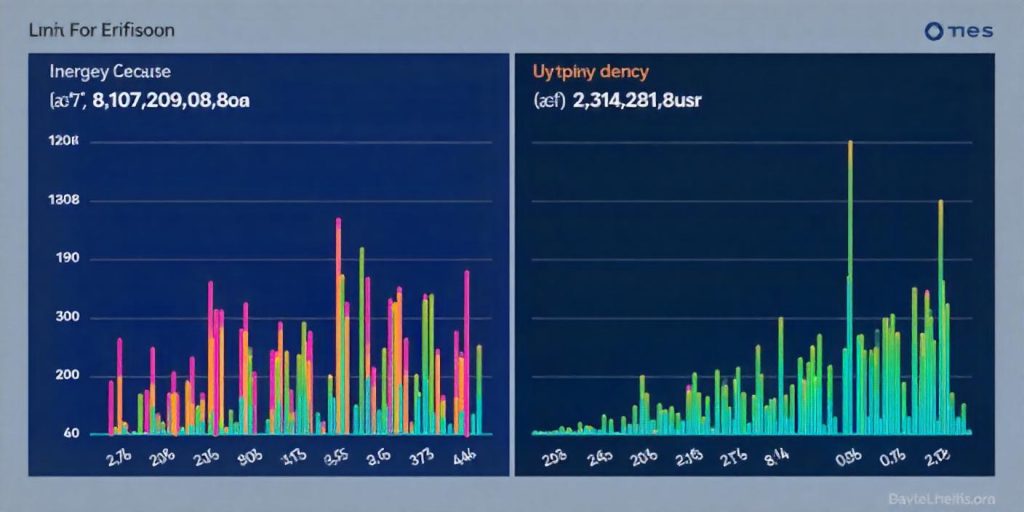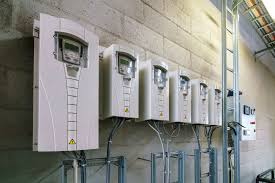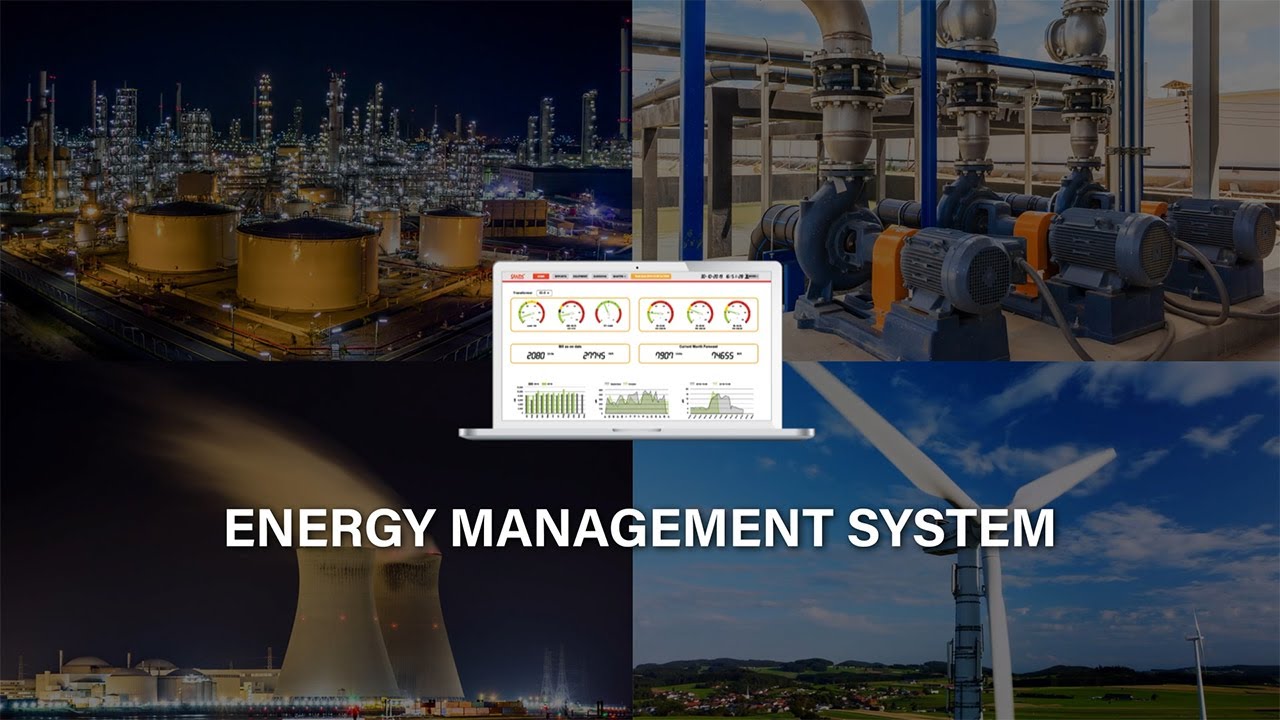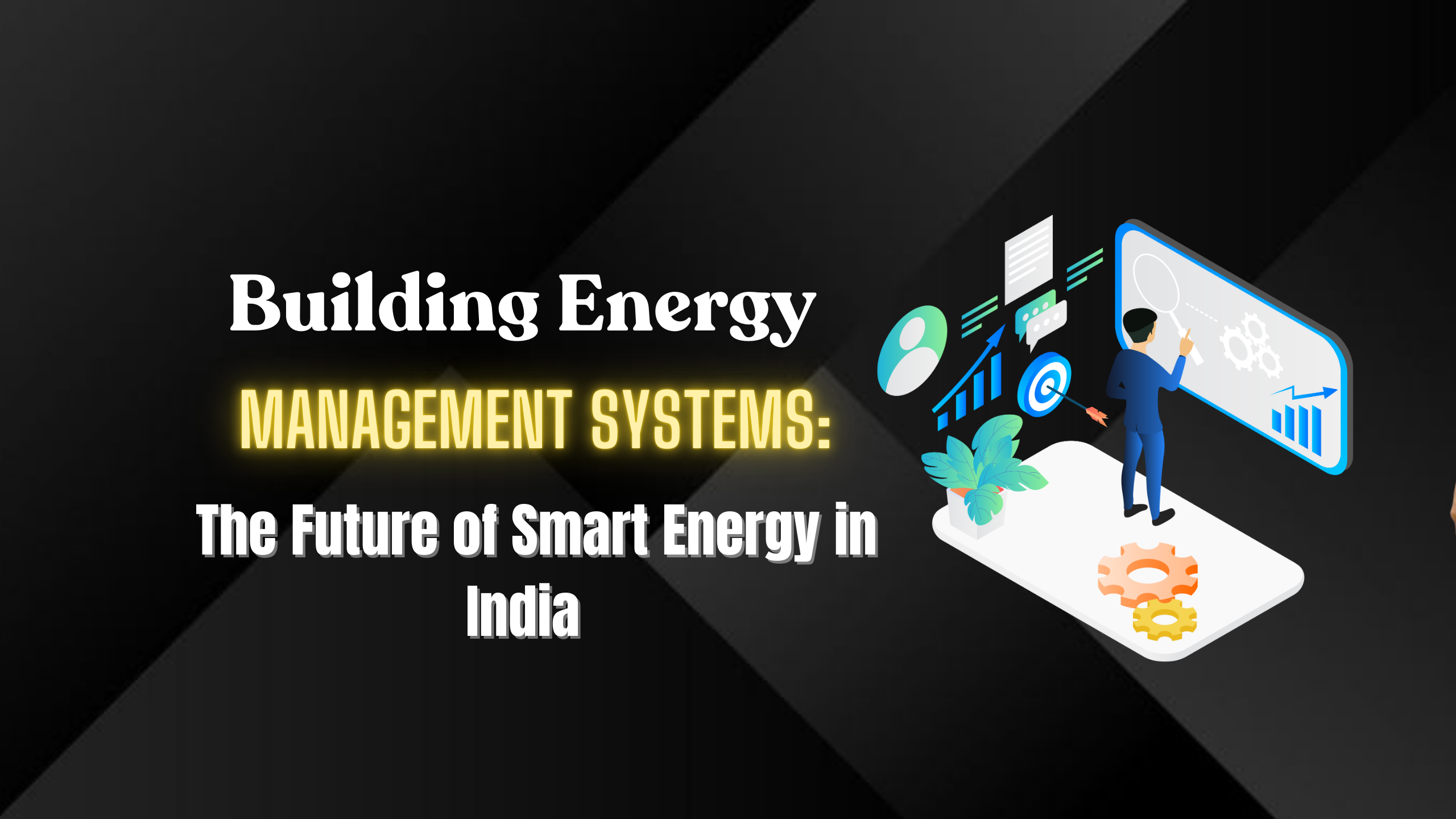The Internet of Things (IoT) has revolutionized how we connect devices, paving the way for smarter homes, industries, and cities. However, as IoT networks expand, effective monitoring becomes essential to ensure security, reliability, and performance. This blog delves into the strategies, tools, and best practices for monitoring IoT devices, covering key aspects like device management, security, and data visualization.
The Importance of IoT Device Monitoring
IoT device monitoring ensures that connected systems function seamlessly, enabling real-time tracking, predictive maintenance, and efficient data analysis. From industrial settings to smart homes, this capability drives operational efficiency and improves user experience.
Benefits of IoT Monitoring
- Proactive Maintenance: Detect issues before they escalate.
- Enhanced Security: Monitor access control to prevent unauthorized use.
- Improved Efficiency: Optimize device performance with real-time analytics.
- Scalability: Manage growing IoT networks effectively.
Challenges in IoT Device Monitoring
| Challenge | Impact | Solution |
|---|---|---|
| Diverse Device Ecosystems | Varying protocols and platforms | Use standardized monitoring tools |
| Real-Time Data Overload | High volume of data requiring rapid processing | Leverage cloud-based analytics |
| Security Vulnerabilities | Risk of breaches and data leaks | Regular updates and strong encryption protocols |
How to Monitor IoT Devices: A Step-by-Step Guide
1. Centralized Monitoring Platforms
- Use IoT platforms like AWS IoT Core or Microsoft Azure IoT Hub to manage device data in one place.
- Example: A smart home system can monitor devices like thermostats, cameras, and lights through a unified dashboard.
2. Real-Time Alerts
Set up notifications for device malfunctions, security breaches, or unusual activity. For instance:
- Industrial Applications: Alerts for machine overheating.
- Smart Homes: Notifications for unauthorized access attempts.
3. IoT Device Management
Efficient management involves inventory tracking, software updates, and troubleshooting.
- Regularly update firmware to patch vulnerabilities.
- Use device management tools like Particle or Blynk to streamline operations.
4. Monitoring Access Control IoT Devices
Access control devices like smart locks and cameras require robust monitoring:
- Example Dashboard Element: Include live video feeds and activity logs.
- Set permissions for authorized personnel to enhance security.
IoT Monitoring Systems: Visualizing Data
Example Chart: Device Health Overview
- A pie chart representing the health status of IoT devices in a network:
- 75% Healthy
- 15% Needs Update
- 10% Critical
Example Table: Performance Metrics
| Device | Status | Last Update | Issues Detected |
|---|---|---|---|
| Smart Thermostat | Active | Yesterday | None |
| Security Camera | Critical | 5 Days Ago | Unauthorized Access |
| IoT Sensor A | Needs Update | 2 Weeks Ago | Connectivity Lag |
Applications of IoT Device Monitoring
1. Smart Homes

Monitoring smart lights, speakers, and thermostats ensures seamless automation and security.
2. Industrial IoT

Track machinery performance to optimize operations and reduce downtime.
- Example Graph: Display real-time machinery efficiency rates over a week.
3. Healthcare IoT Devices
Wearable devices like fitness trackers need precise monitoring to ensure accuracy in health data.
Best Practices for IoT Monitoring
- Leverage AI for Predictive Insights: Detect patterns in device behavior to anticipate failures.
- Encrypt All Data Transfers: Secure sensitive data using advanced encryption standards.
- Adopt Scalable Solutions: Ensure your monitoring platform can grow with your IoT network.
- Use Data Visualization Tools: Visual dashboards simplify complex information.
Examples of IoT Devices That Benefit from Monitoring
| Device Type | Monitoring Benefit |
|---|---|
| Smart Thermostats | Optimize energy consumption |
| Industrial Sensors | Enhance predictive maintenance capabilities |
| Security Cameras | Detect and prevent unauthorized access |
| Wearable Health Devices | Ensure accurate and real-time health tracking |
Conclusion
IoT device monitoring is more than just a technical requirement—it’s the foundation of any successful IoT network. By implementing centralized platforms, leveraging AI-driven insights, and prioritizing security, businesses and homeowners alike can maximize the potential of their IoT systems.
At Aknitech Automation, we provide cutting-edge IoT solutions tailored to your specific needs, ensuring seamless device management, monitoring, and integration. Whether you’re managing smart homes or industrial IoT systems, our expertise guarantees reliability and efficiency in all your IoT endeavors.







